Eve Bargmann, M.D., will teach doctors in this video how to perform an examination of the patient's heart and blood vessels. As with any examination, you should start out with inspection. Start off with the jugular venous pulse, then examine the heart by palpation and auscultation with bell and diaphragm of the stethoscope, and lastly examine the blood vessels.
For a full lesson on cardiac examination, go to University of Virginia's School of Medicine Interactive Learning Module. The best way to prepare yourself for your small group exercises is to first watch the cardiac exam video from beginning to end, then proceed through all the explanations of cardiac anatomy and physiology that are in the lesson. By the end of this session, you will be able to:
1. Recognize the elements and significance of the jugular venous pulse.
2. Know the physiology and sound of S1 and S2.
3. Know the physiology and sound of S3 and S4.
4. Identify systole and diastole by palpation and listening.
5. Describe heart murmurs.
6. Hear and understand the mechanism of three common systolic murmurs.
Examination of the heart includes:
• Inspection: of jugular venous pulse and point of maximal impulse.
• Palpation: of point of maximum impulse, and precordium for lifts, heaves and thrills.
• Auscultation: for valve closing sounds (S1 and S2), extra sounds (S3 and S4), murmurs, clicks and rubs.
Just updated your iPhone? You'll find new emoji, enhanced security, podcast transcripts, Apple Cash virtual numbers, and other useful features. There are even new additions hidden within Safari. Find out what's new and changed on your iPhone with the iOS 17.4 update.





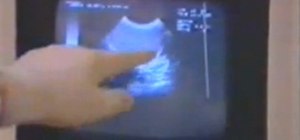









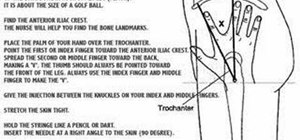

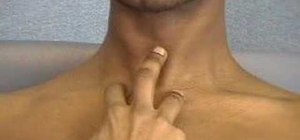
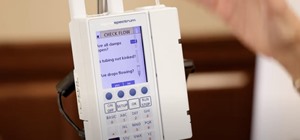



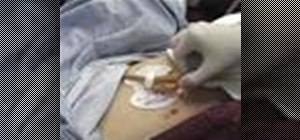


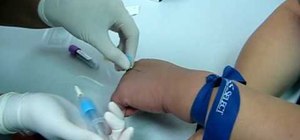
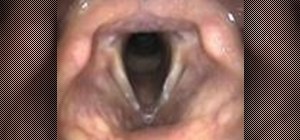
Be the First to Comment
Share Your Thoughts